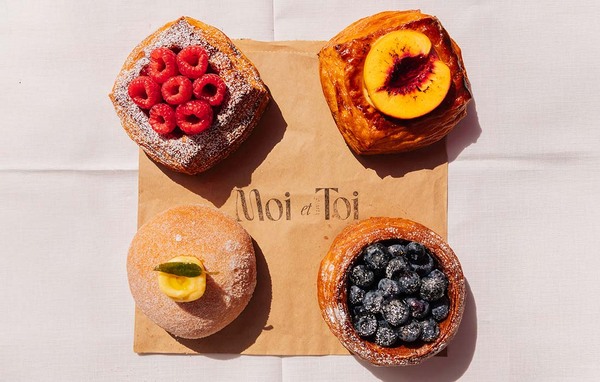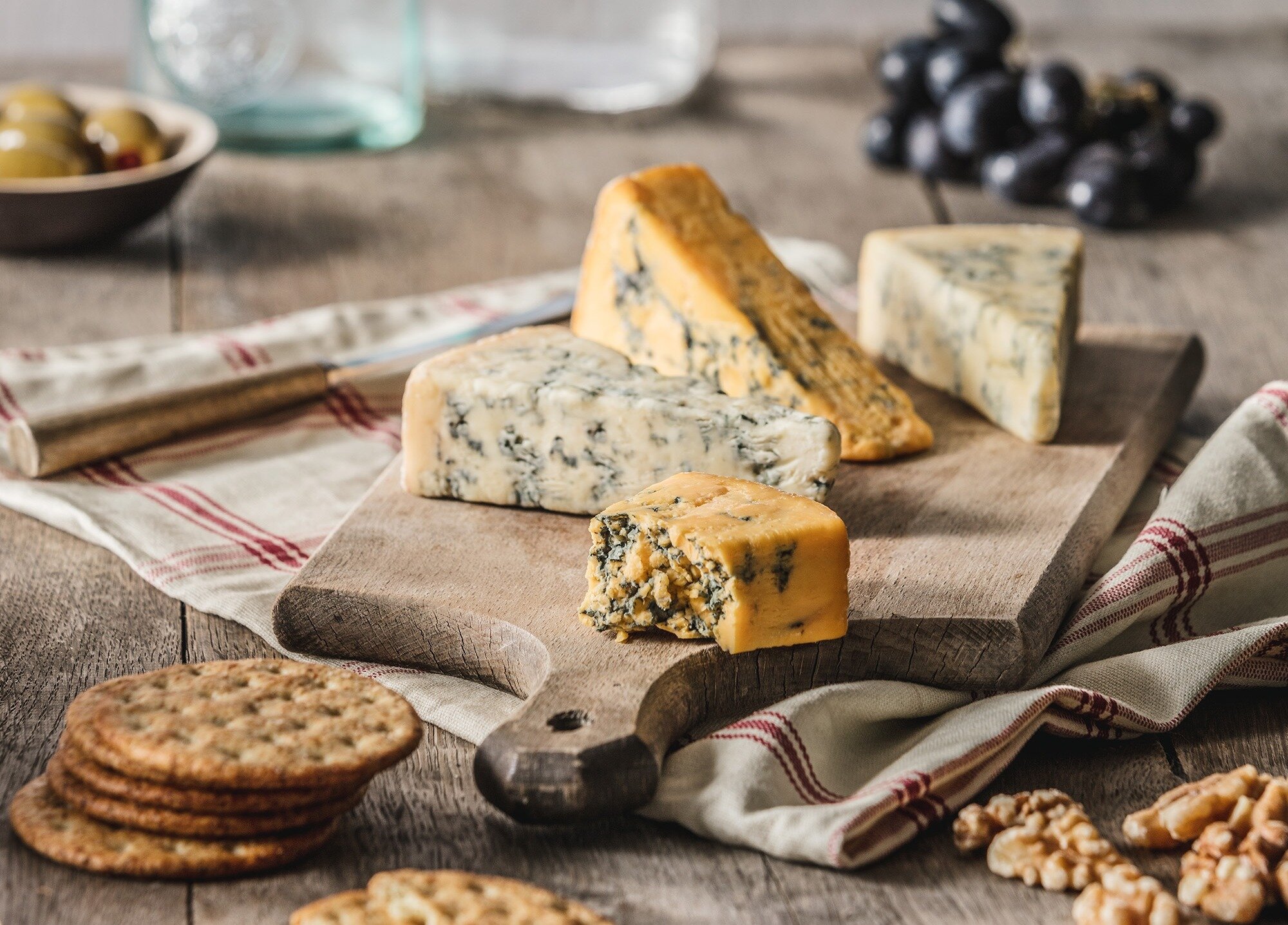From farmhouse to fauxmagerie: the latest trends in cheese
There’s a wealth of cheeses now available for your Christmas cheeseboard, but artisan and plant-based are the latest trends, and diners are voting for the unusual over the everyday. Anne Bruce investigates
Think of cheese in a foodservice context and perhaps a fine cheeseboard served after dinner at a restaurant somewhere in Mayfair springs to mind. Such a cheeseboard might contain a hard cheese, perhaps a flavoured regional cheese for a fun factor, a Comté, a soft goats’ cheese and a creamy sheep’s milk cheese – all served with chutney, premium crackers, grapes and figs.
This sort of traditional arrangement of a wealth of cheeses of all denominations is always going to wow diners at the end of their meal, whether they are in Mayfair or Ballyclare. But there’s a lot more to cheese than the traditional crowd-pleaser that is the cheeseboard – just consider the popularity of halloumi fries, ready-grated Parmesan, mozzarella salad, deep-fried Camembert, and the vegan cheese pizza.
With so much variety on offer – not to mention such dietary trends as veganism, plant-based eating, dairy-free diets and dairy allergies – cheese is a complicated business.
And that’s even before you weigh up commercial concerns such as shelf life, storage, margins, wastage and making sure your staff understand your range.
Craft cheese
So where to start? Ruth Holbrook, head of wholesale for cheesemonger Paxton & Whitfield, thinks there is a big sustainability conversation around cheese. Consumers are taking an ever bigger interest in artisan cheeses, and want to know the provenance of the cheese they are eating and whether the producer was paid a fair price for it.
Holbrook says that Paxton & Whitfield is seeing interest in its artisan cheeses spreading to a new wave of foodie customers, such as high-end cafés and bakeries, as well as the typical top London restaurants it sells to.
For traditional cheesemaker Long Clawson Dairy, the current interest in provenance is an opportunity to upsell. “Provenance has been of growing importance to consumers for some time,” says Ashley Reek, managing director. “People want to enjoy the food on their plate, but they also want to know where it’s come from – its story, from sustainability and health aspects to animal welfare.”
Consumers are also increasingly keen on buying British, which represents an opportunity for native cheeses, Reek adds. According to a Lightspeed GMI/Mintel survey, 60% of shoppers say they try to buy British food whenever they can, 45% think that British food tastes better, and 76% believe it’s important to support British farmers.
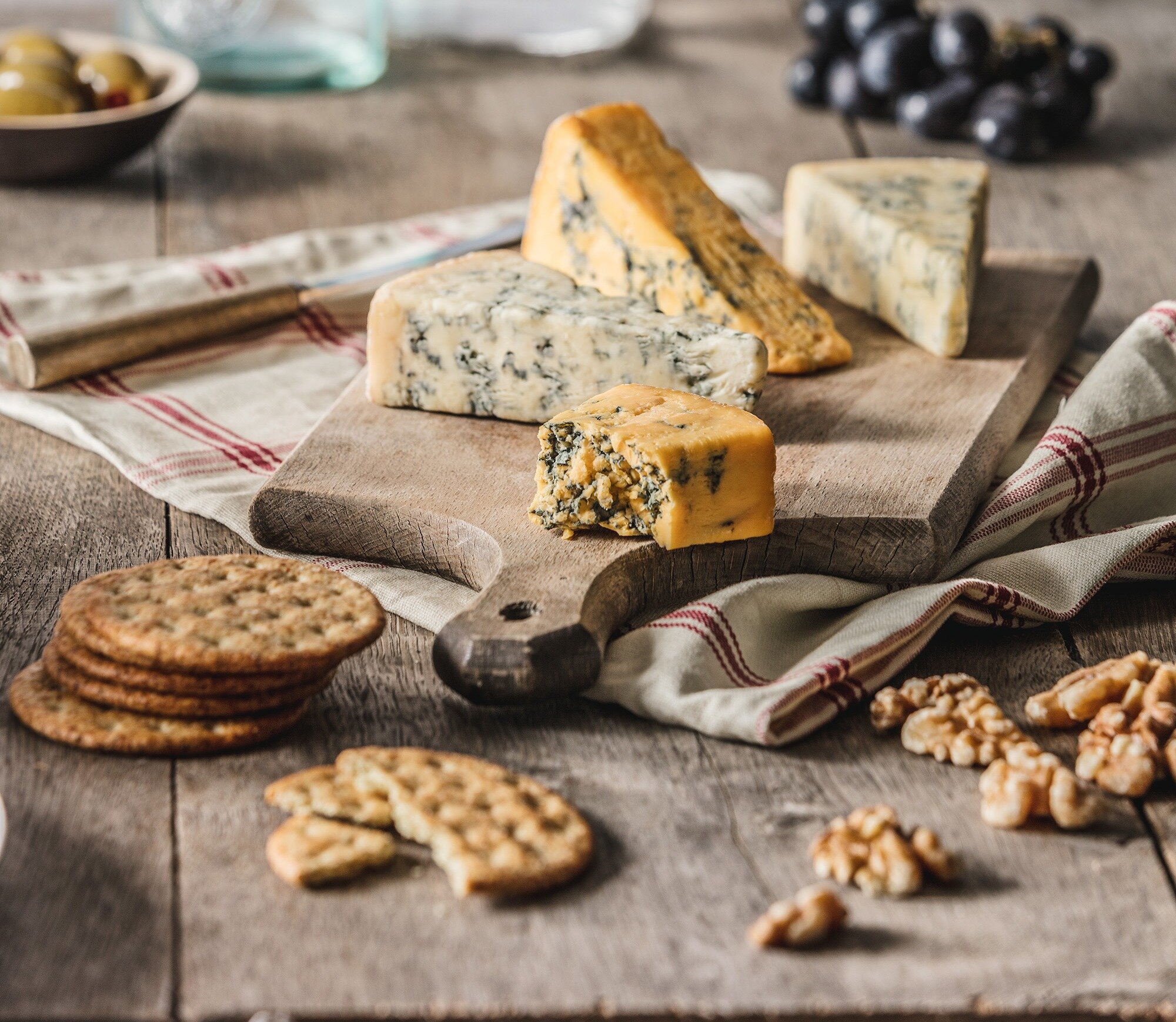
Plant-based passions
The rise of veganism has also been a trend to address for Paxton & Whitfield, a business that has been around for more than 200 years. Holbrook says: “We get asked if we do vegan cheeses, and we would not rule them out. The vegan cheeses on the market are much better and have more variety compared to two years ago. Every trend has its ups and downs, but we don’t see veganism declining in the market.”
The rise in veganism has created a space in the market for a new sector for cheese manufacturing, suggests Annabel Wray co-founder of caterer Hakuna Foods. “There has been a lot of money pumped into the research and development of these new offerings,” she points out. “Cheese producers can’t ignore the fact that demand for plantbased cheese is on the rise and will only grow.”
For Long Clawson Dairy, the growing number of consumers looking to reduce their meat consumption is an opportunity to position cheese as a suitable alternative in a main meal. A 2018 CGA Who’s Eating Where report found that 29% of UK consumers think it is important or very important that the meals they choose don’t contain much meat, so it’s vital that operators have a tempting choice of meat-free dishes on their menus.
Make sure you also advertise the provenance credentials of your cheese to give consumers the sense of added value.
Spanish goats’ and ewes’ milk cheeses are also gaining in popularity in light of dietary trends, according to Rupert Linton, head of cheese at Spanish importer Brindisa. “Many of our foodservice customers are increasingly seeking alternatives to cows’ milk for health, allergen and ethical reasons – as well as being attracted to the bold tastes of Spanish cheese.”
Brindisa’s range includes Truffle Pastura, made with pasteurised merino ewes’ milk and Italian black truffles. “It’s one of the few soft ewes’ milk cheeses in this category available in the UK – quite possibly the only one – so it’s well worth investigating, especially in the run-up to Christmas,” Linton says.
Accommodating special dietary needs in cheese ranges can be an easy win for busy kitchens, according to Eleanor Morris, marketing manager at Granarolo Group UK. The company has seen surge in demand for its vegetarian Quattrocento hard cheese, made from 100% Italian milk. Simply by switching their regular hard cheese to Quattrocento, operators can heighten the appeal of their menus for vegetarians and flexitarians, Morris says.
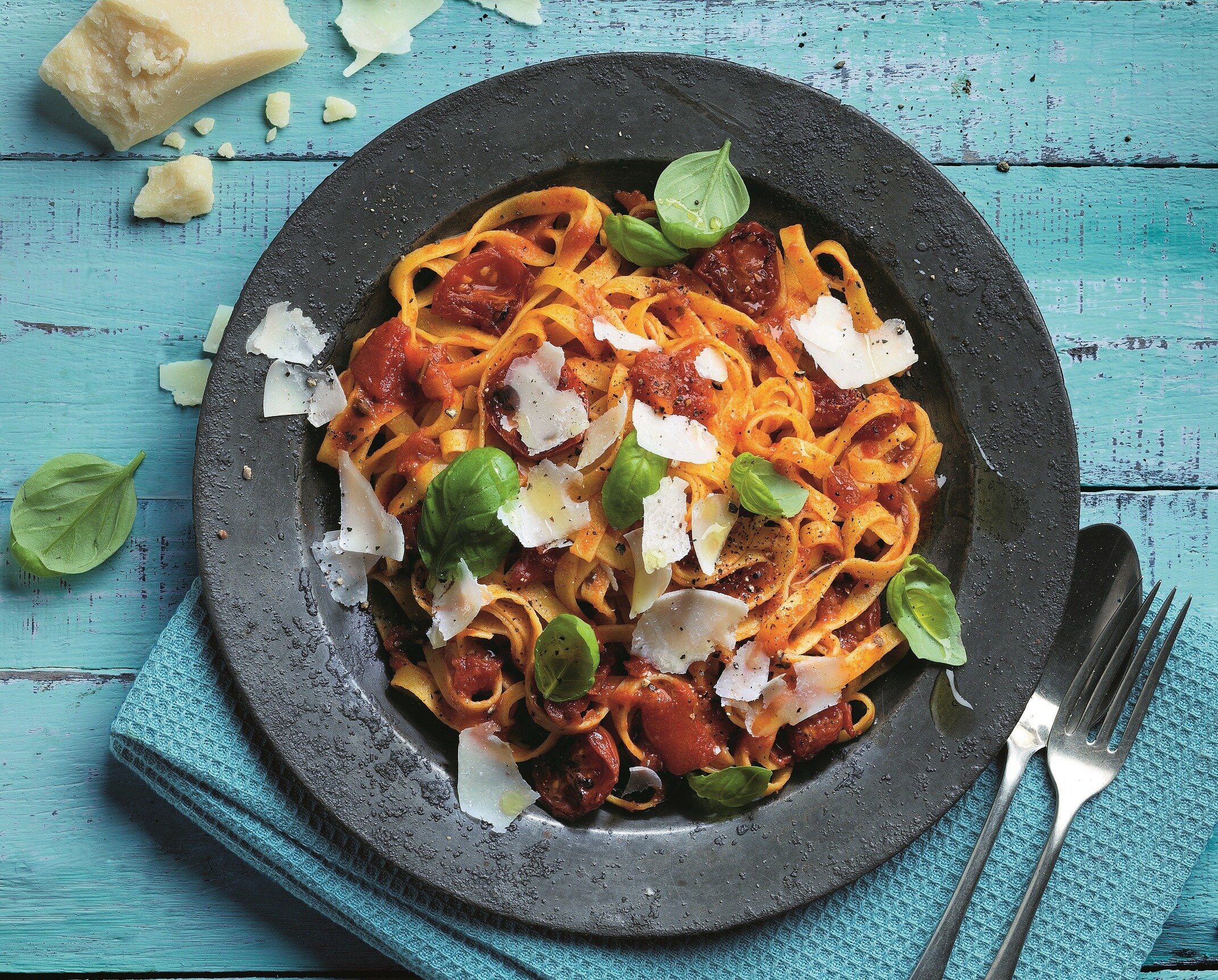
Granarolo’s goats’ cheese log is lactose-free, she adds, and the company also offers a mascarpone cheese suitable for vegetarians. It can be used as a dessert topping to replace whipping cream or even frozen into ice-cream to bring a new flavour twist to menus.
Blue-sky thinking
One thing that all suppliers highlight is that diners are looking for a side order of excitement with their cheese. Holbrook says that consumers are keen to experiment when it comes to cheeses, whether by trying new varieties or flavours or simply being presented with cheese with an interesting appearance or unusual rind or texture.
Billy Kevan, dairy manager at Colston Bassett Dairy, urges chefs to take the opportunity to have some fun with blue cheeses and not just write them off as Christmas crowdpleasers, as there is huge scope for creating some really compelling recipes.
“As part of our goal to continue increasing Colston Bassett’s usage, we’re developing materials that highlight the versatility of Stilton and Shropshire Blue,” he says. “We’re showcasing a selection of key seasonal ingredients that are each complemented with the addition of Britain’s best-loved blues – from rosemary, chilli and green beans, to rhubarb, lemon and anchovies.”
The company has created Colston Bassett ice-cream and cheesecakes, which work remarkably well, he says. And for petits fours, he suggests serving port and Stilton truffles. T
raining up staff to be able to pass on the excitement about unusual or innovative cheese products or the provenance of the range is also key. Paxton & Whitfield works with its restaurant customers on training waiters to make sure they are aware of the cheeses on offer. Holbrook says: “We give waiters enough information so that they can have confidence and enthusiasm when describing cheeses to diners. However, we don’t want to overload them – waiters have so much to take in already.”
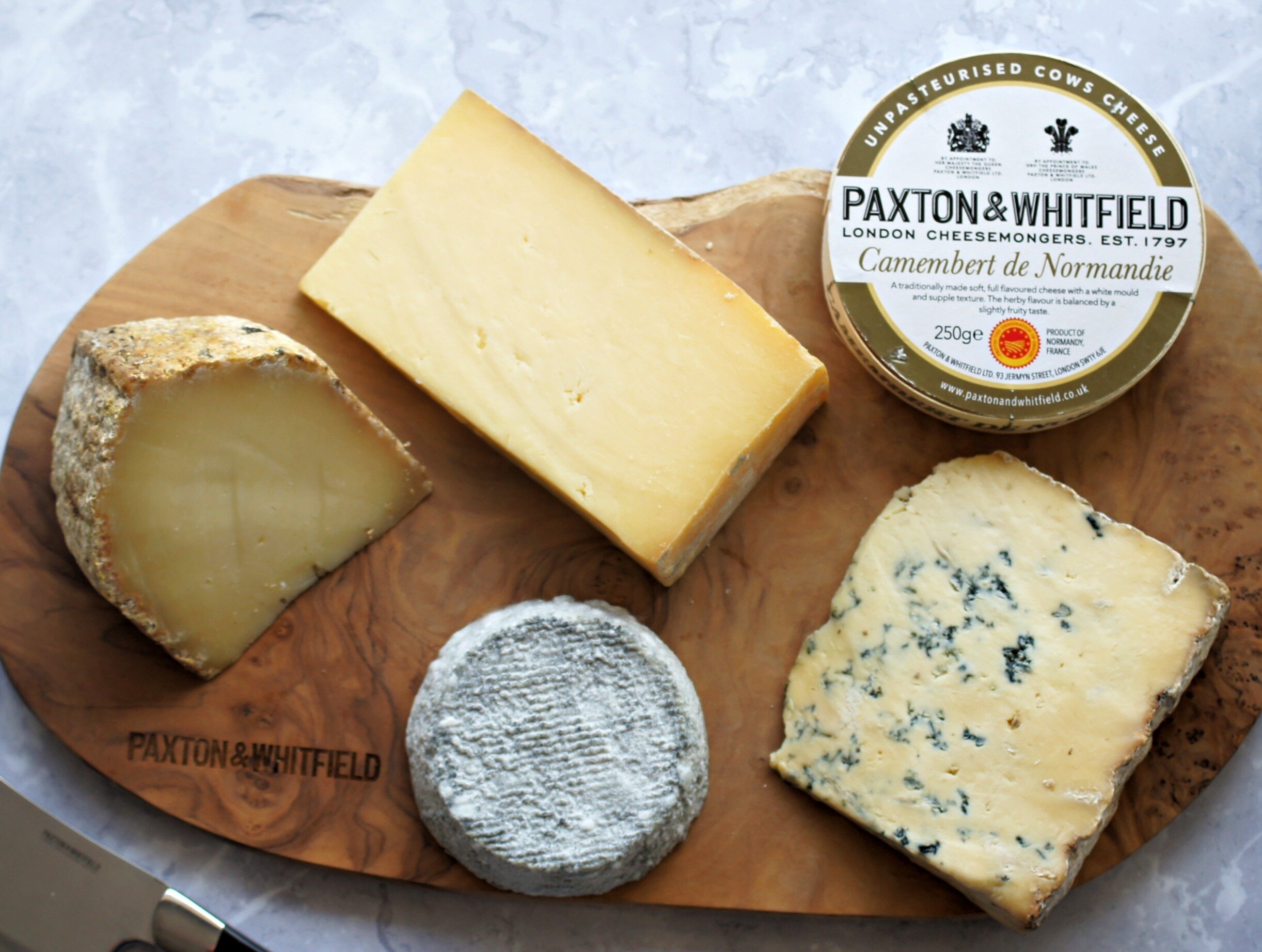
Watch your waste
Halloumi’s increasing popularity in foodservice in the shape of fries has led Eurilait to invest in kit that cuts slices, cubes and chips. By buying it in these different formats, catering operators can save time, improve portion control and reduce waste, as halloumi is often sold in blocks.
Across the entire menu, keeping a tight rein on wastage, storage and shelf life makes all the difference to the bottom line. With a sometimes delicate product such as cheese, these matters can be a particular concern.
Long Clawson has developed a range of Stilton products for foodservice: blue Stilton crumb, white Stilton crumb and blue Stilton crust and a crumb/crust mix, with shelf lives of up to 42 days. In most kitchens, the Stilton crust gets cut off and thrown away because it doesn’t have the visual appeal of the creamy blue-veined cheese inside. But the crust imparts a stronger, tangier flavour than whole Stilton when cooked, so it’s suitable in pies, pasta, sauces and soups. Long Clawson says its products are a chef’s dream – improving portion control and yield, and delivering the intense flavour of blue Stilton.
Holbrook adds that hard cheeses or those with a robust flavour will always be popular as they are stable, versatile, easy to store and have a longer shelf life, potentially cutting food waste. It’s sensible advice – as you would expect from a company that has been selling artisan cheese since 1797.
Whether you’re serving your customers artisan cheeseboards or blue cheese ice-cream, fromage or fauxmagerie, there is a wave of innovation and excitement coming through on cheese. The good times are rolling.
Suppliers
- Brindisa www.brindisa.com
- Colston Bassett Dairy www.colstonbassettdairy.co.uk
- Eurilait www.eurilait.co.uk
- Granarolo Group UK www.granarologroup.com
- Hakuna Foods www.hakunafoods.co.uk
- Long Clawson Dairy www.clawson.co.uk
- Paxton & Whitfield www.paxtonandwhitfield.co.uk


